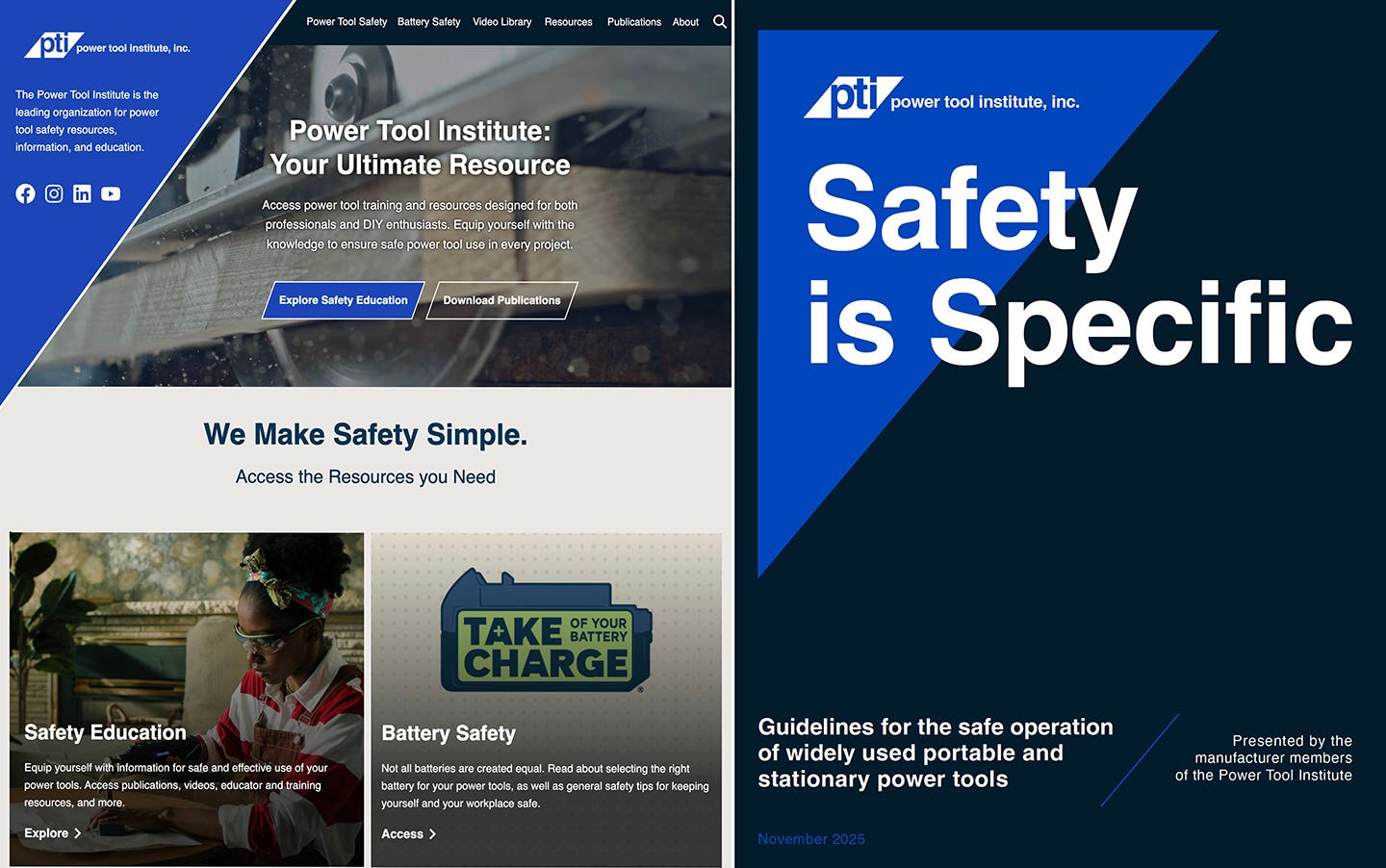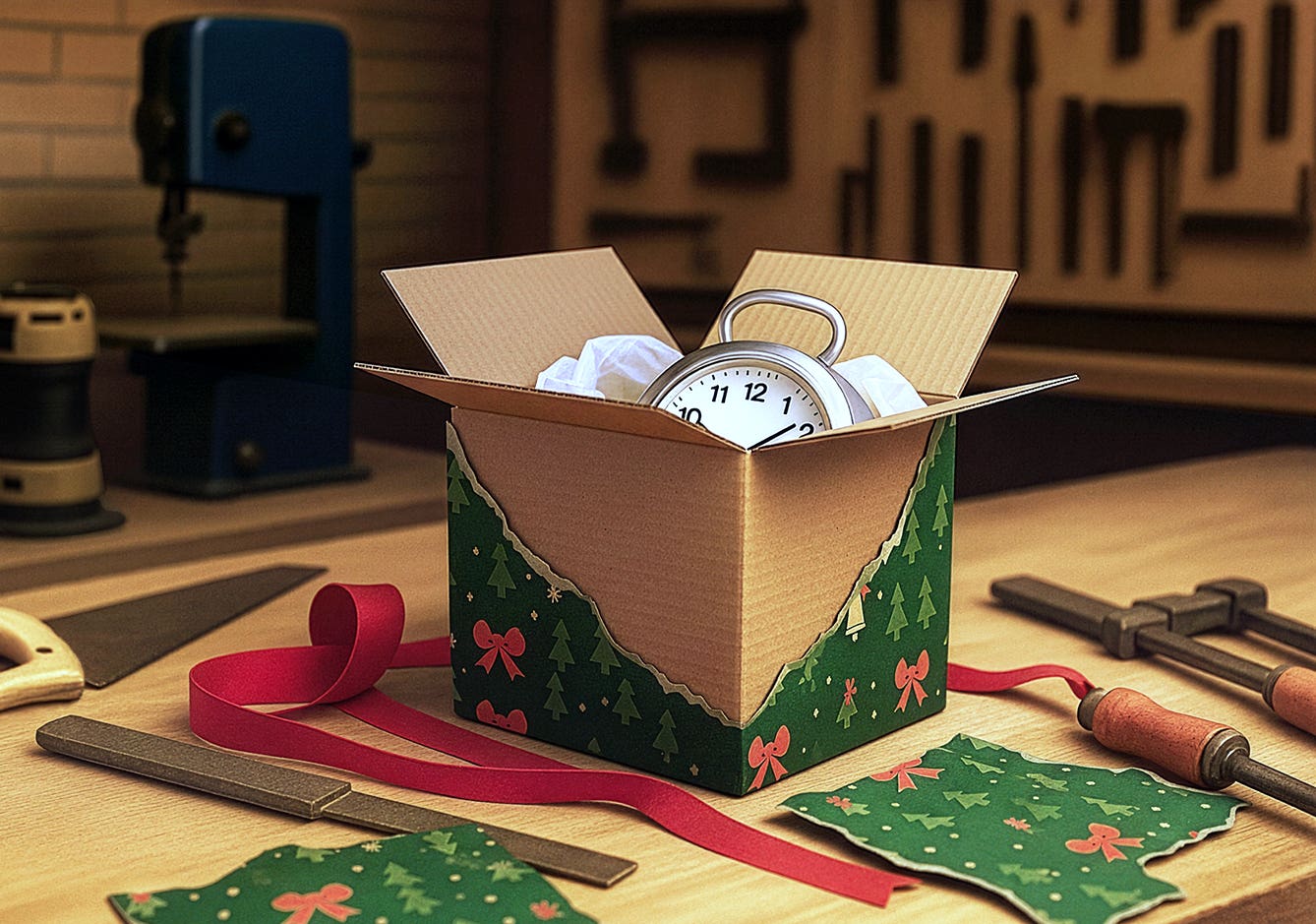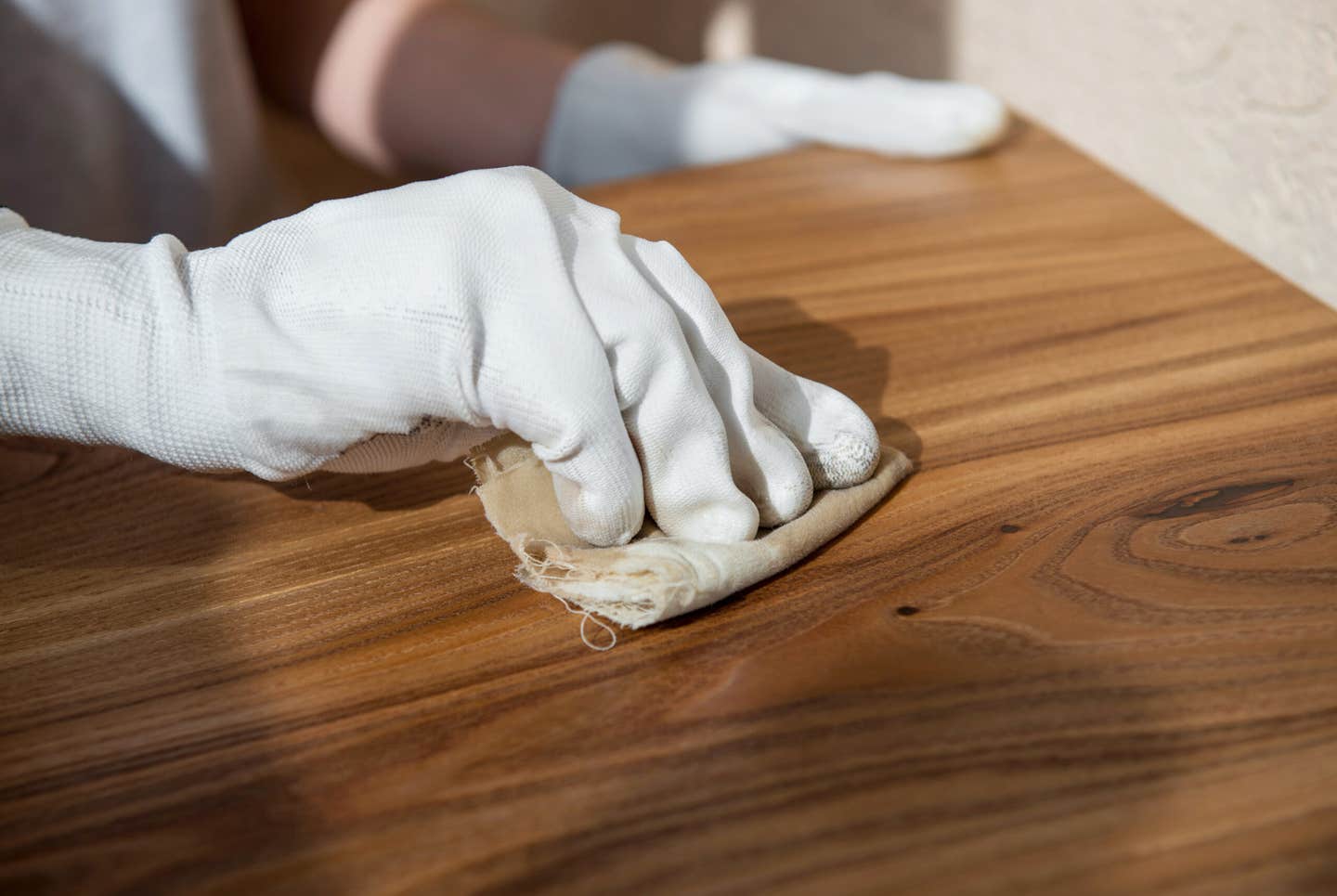Practice doesnt need to make perfect
You don’t want to produce shoddy work, but ‘good enough’ means meeting quality standards without obsessing over minutia I’ve been teaching technicians to do finish touch-up for more than 30…
You don't want to produce shoddy work, but 'good enough' means meeting quality standards without obsessing over minutia
I've been teaching technicians to do finish touch-up for more than 30 years, both as an employer and supervisor of technicians, as a sales representative for the world's largest supplier of touch-up and repair products, as a full-time instructor for that company and, more recently, as a consultant and contract trainer.
It never ceases to amaze me how many of my students will admit to being somewhat of a perfectionist in their personalities and habits, and that they generally do see it as a problem for which they have no solution. Some express a lot of frustration at not being able to do a perfect, undetectable repair under any light or by any person.
This complaint is so commonplace that I often offer counseling sessions in the bar for those who can't get that particular monkey off their back.
There certainly is room in the profession, art and craft of furniture touch-up and repair for the perfectionist, but there is not room for all of those who practice the craft to satisfy their need to perform perfect repairs at all times.
Unless the customer has unlimited funds to spend on the repair, or the repair technician is willing to work to satisfy his own perfectionist ambitions on his own time, and at his own cost, there will be limitations to the resources available for a given repair. There will be constraints relative to the tools the technician has at his disposal, his skills, the environment in which he works, and the time available for the repair.
Meeting the standard
The quality standard for repairs will vary according to the tastes and needs of the customer. The "customer" is the next person who can say yes or no to the repair. This can be a supervisor, the owner of the piece, an inspector or insurance adjuster. The technician should meet the standard for repair with the least expenditure of resources.







